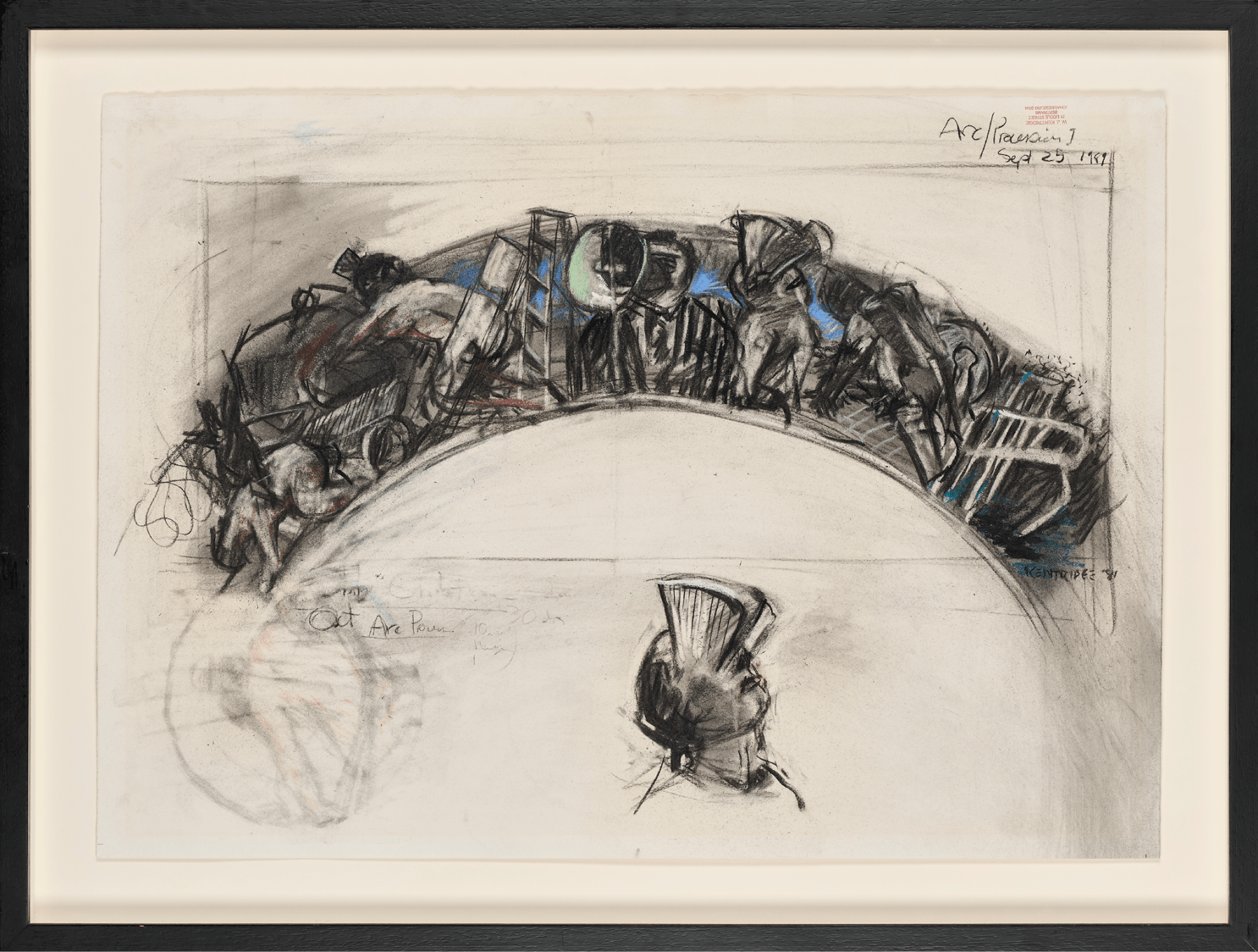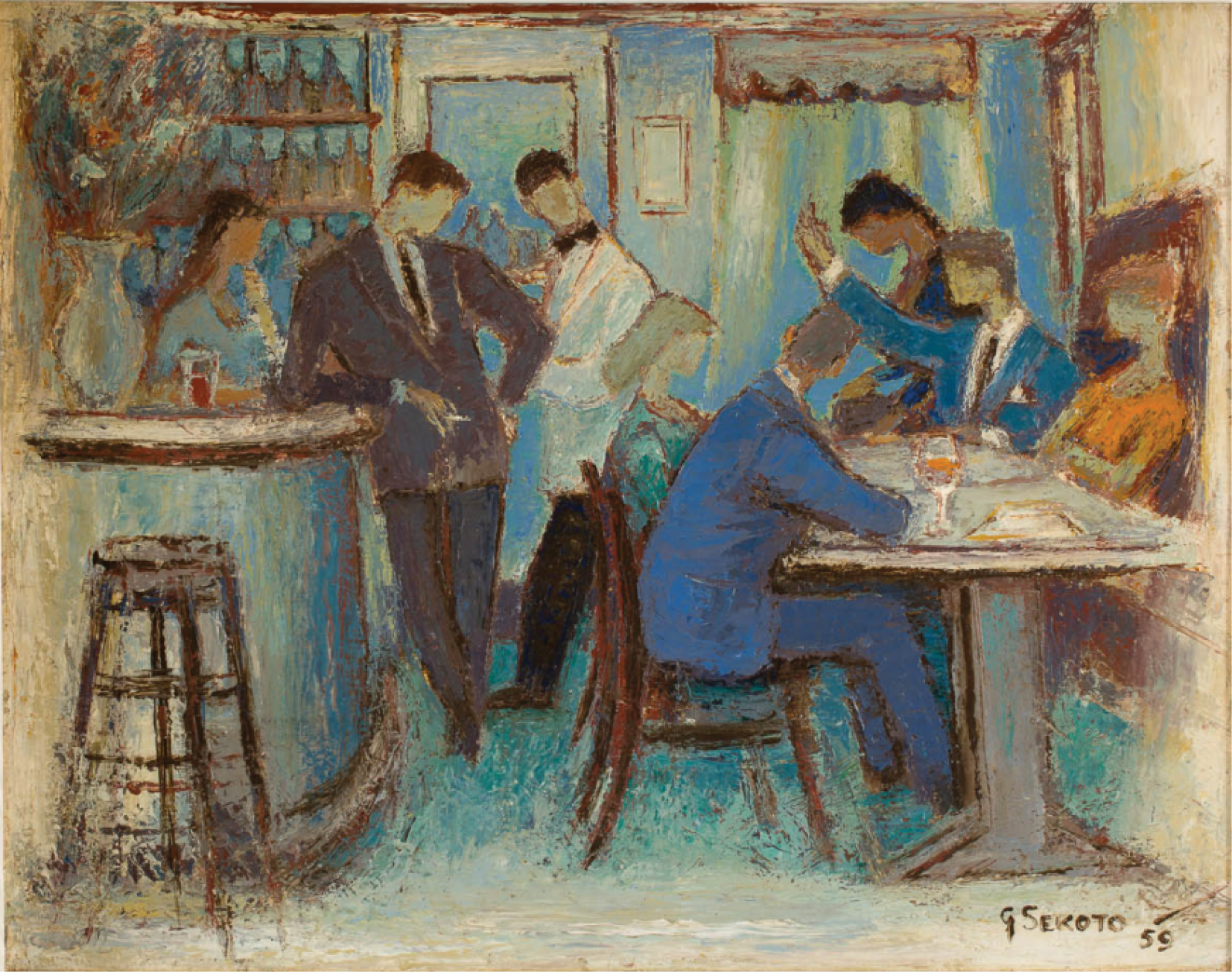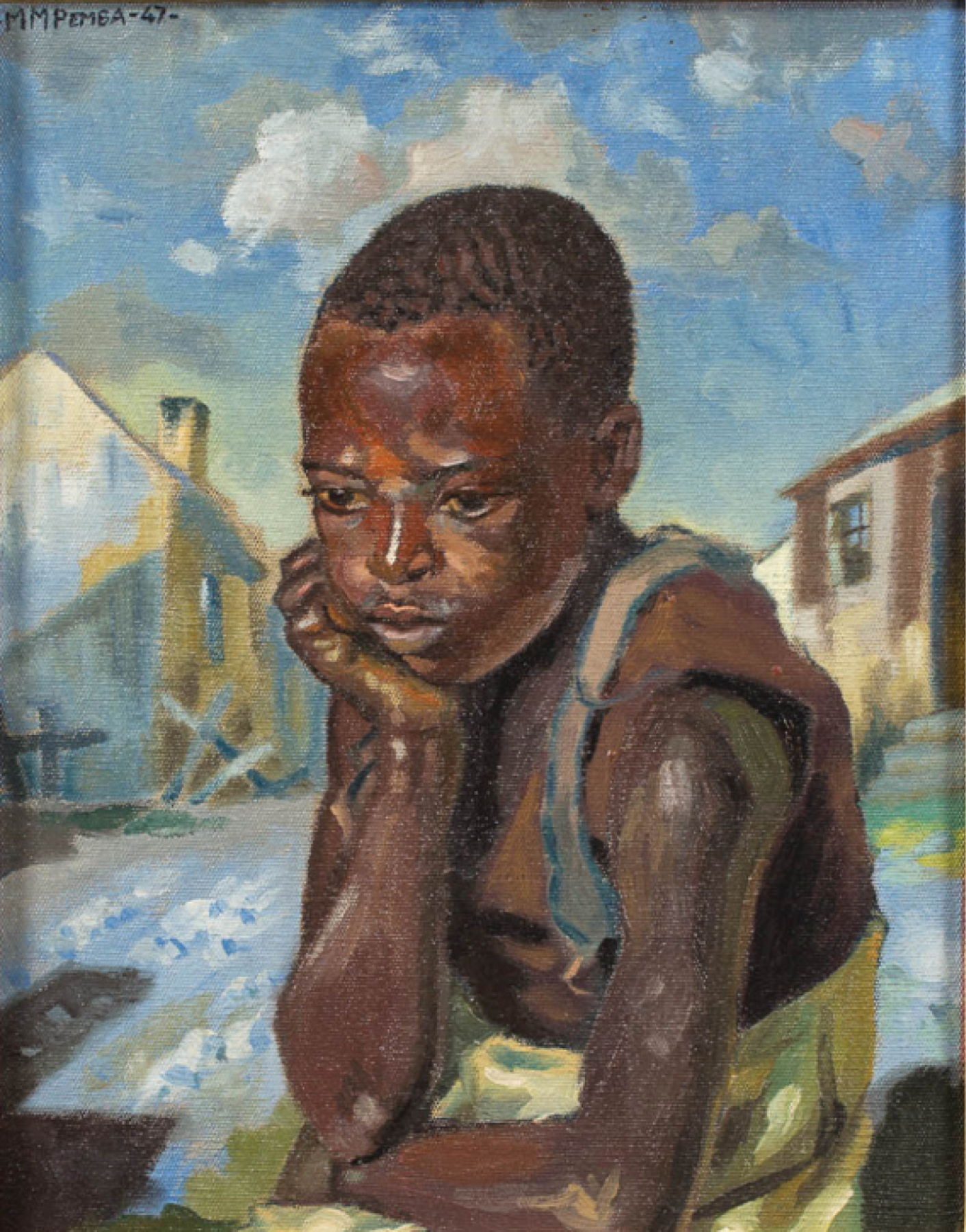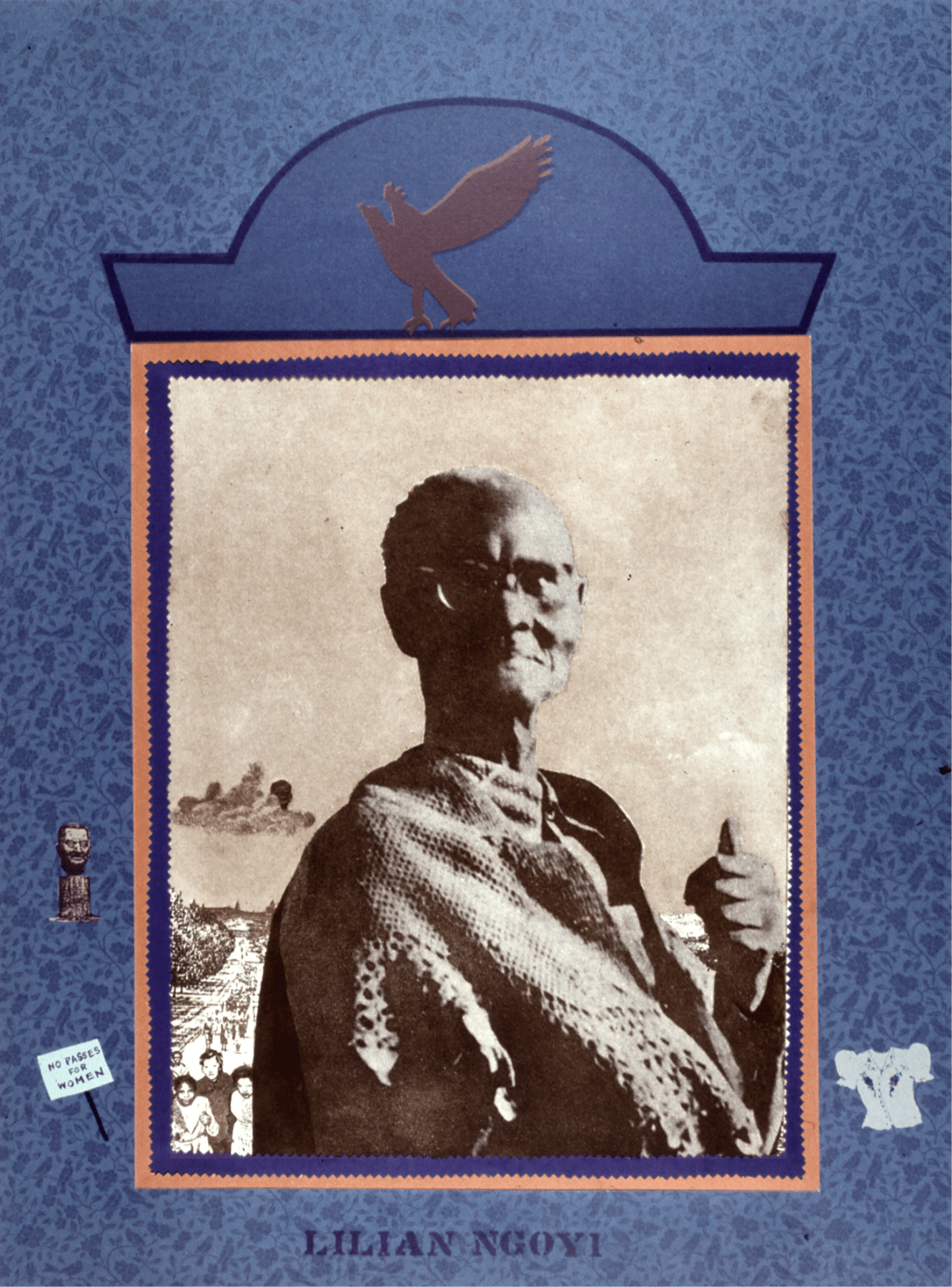Goodman Gallery New York presents ‘Landing (again)’, a group presentation showcasing eight leading 20th and 21st century artists who have been instrumental in shaping the course of art history from the African continent and its diaspora. This presentation serves as an extension of ‘Landing’, first showcased by the New York gallery in November 2023 – January 2024. The ‘Landing’ series by Goodman Galley will continue to further the dialogue around these influential figures and their enduring impact on the artistic landscape. This further aligns with the gallery’s efforts to reframe and expand art history. The artists include El Anatsui, William Kentridge, David Koloane, Atta Kwami, Sam Nhlengethwa, George Pemba, Gerard Sekoto, Carrie Mae Weems and Sue Williamson.
William Kentridge’s latest production ‘The Great Yes, The Great No’ premiered at LUMA Arles earlier last year and is currently embarking on a US debut tour. This work is part of Kentridge’s larger ‘Arc/Procession’ series, each of which examines a section of a crowd. The composition implies continuation beyond the limits of the drawing, encompassing the near past, present and future. The curve also frustrates an attempt to view the entire composition at once, reproducing the fragmented experience of looking at or being part of a large crowd.

Gerard Sekoto (b. 1913, South Africa – d. 1993, Paris, France) is regarded as one of the most influential painters in South African history and is considered a pioneer of black South African ‘modernism’. His 1959 painting titled ‘Le Café Parisien’ echoes Paris’s Bohemian heyday life resonated in the bustling cafés and smoky jazz bars. With his signature sensitivity, Sekoto captured the essence of café life, portraying figures either animated in conversation or lost in quiet reflection. The café, a recurring theme in Sekoto’s Parisian work, symbolises more than a meeting place, it becomes a microcosm of the city’s diversity and openness. Here, Sekoto was not just an observer but an active participant, translating his lived experiences into art that speaks to universal themes of community, solitude and belonging.

George Milwa Mnyaluza Pemba (b. 1912, Port Elizabeth, South Africa – d. 2001) holds a distinctive place in South African art, celebrated for his empathetic depictions of everyday people. Painted in 1947, ‘Portrait of a Pensive Boy’ is an early work by the artist and shows his growing mastery of social realism, capturing a moment of deep introspection with both technical skill and emotional depth. Created as Pemba prepared for his first solo exhibition in 1948, this painting is a rare example of his early style, transforming ordinary scenes into profound reflections on the human condition. The central figure is a young boy, resting his face on his hand with a pensive expression. The modest township backdrop anchors him in a familiar environment. Pemba’s skillful oil technique gives the boy’s skin a tactile quality, emphasising the quiet tension in his pose. Details such as his furrowed brow and subtle curve of his lips evoke longing and quiet resignation, while his slumped posture imparts a sombre maturity beyond his years.

Sue Williamson (b. 1941, Lichfield, UK) is one of South Africa’s highly regarded contemporary artists. In the 1970s, Williamson started to make work which addressed social change and by the late 1980s she was well known for her series of portraits of women involved in the country’s apartheid struggle, titled ‘A Few South Africans’. ‘A Few South Africans’ originated as a series that attempted to make visible the history of women who had made an impact on the struggle for liberation. The ‘Few’ in the title referred to the fact that the subjects of the portraits represented a small number of the many thousands of women who were involved in this struggle. In those years, news and photographs of these leaders never appeared in the white dominated press, so little was known about them. For her series, the artist herself took many of the portrait photos on which the photo-etchings are based and others were sourced from banned books in university libraries. Williamson placed her subject, who often gazes directly at the viewer, in the centre of the image, a centrality designed to give each woman the status of a heroine. Behind the women, details of their lives form a rich background landscape. ‘A Few South Africans’ marked a turning point in Williamson’s early artistic practice, combining her technical skills in printmaking with her role as an activist.

The timing of this presentation coincides with growing international recognition by institutions of these artists as essential voices within the discourse of what is now referred to as global modernism(s). Their work is featured in prestigious collections worldwide, including the Museum of Modern Art in New York as well as Tate Modern in London. Goodman Gallery’s London space will feature a viewing room presentation concurrently with New York, creating a narrative across the two spaces. More artists showcased include David Goldblatt, Sydney Kumalo and Zineb Sedira. ‘Landing (again) will run until the 28th of February 2025.


